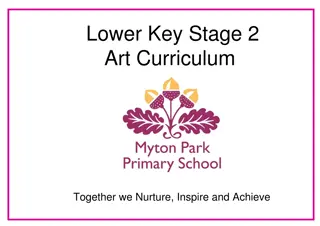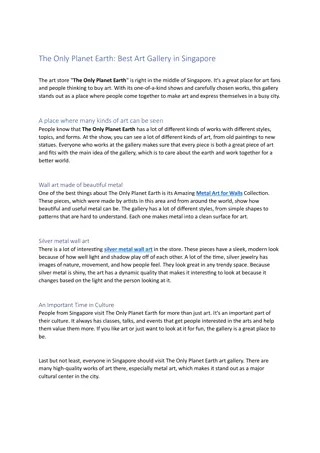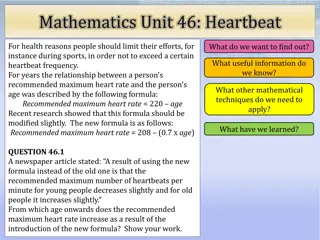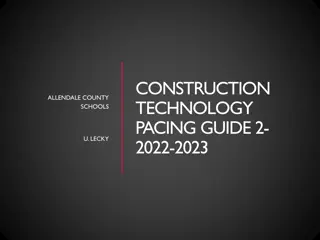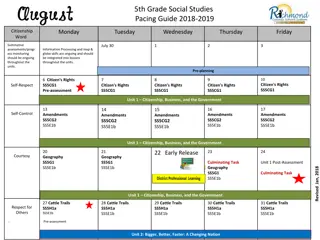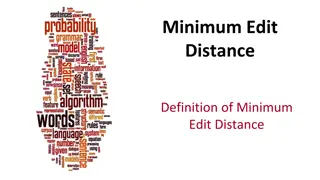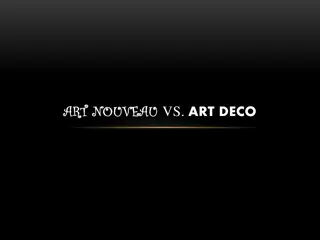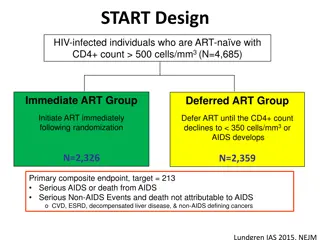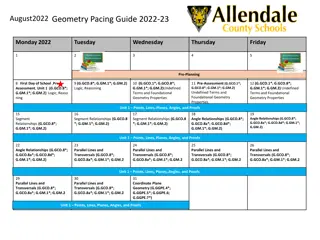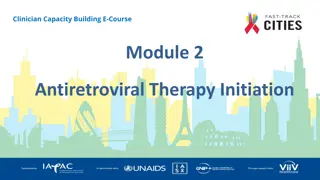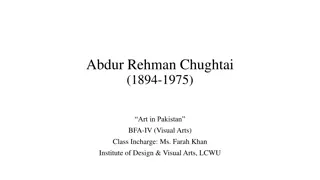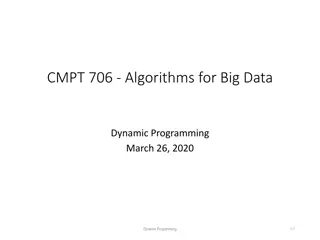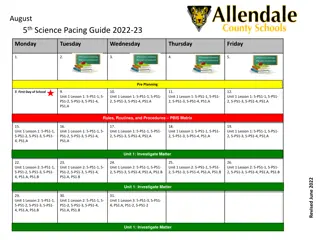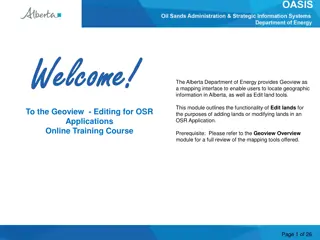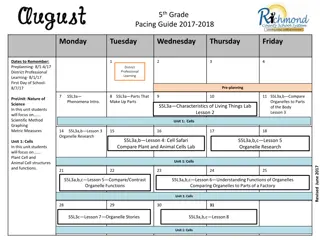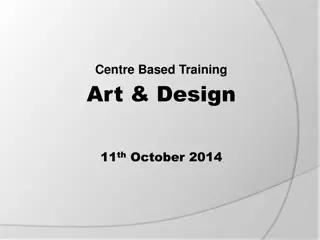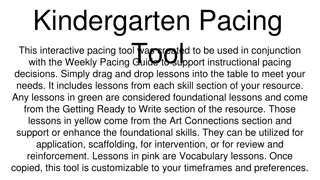The Art of Pacing How We Edit for Maximum Engagement
// /the-art-of-pacing-how-we-edit-for-maximum-engagement/nThe Art of Pacing: Learn how to edit content for maximum engagement by mastering timing, flow, and rhythm to keep your audience hooked.n
Uploaded on Mar 18, 2025 | 0 Views
Download Presentation

Please find below an Image/Link to download the presentation.
The content on the website is provided AS IS for your information and personal use only. It may not be sold, licensed, or shared on other websites without obtaining consent from the author.If you encounter any issues during the download, it is possible that the publisher has removed the file from their server.
You are allowed to download the files provided on this website for personal or commercial use, subject to the condition that they are used lawfully. All files are the property of their respective owners.
The content on the website is provided AS IS for your information and personal use only. It may not be sold, licensed, or shared on other websites without obtaining consent from the author.
E N D
Presentation Transcript
The Art of Pacing: How We Edit for Maximum Engagement Pacing is the rhythm of storytelling or the flow that shapes how an audience experiences a story in the video. Get it right, and your viewers will stay hooked till the very last second of your video. Get it wrong, and you will lose them instantly. So, how do you find the perfect balance? At Motion Edits, we fine-tune every cut, transition, and beat to create videos that feel just right. In this blog, we ll break down the art of pacing and show you how we edit for maximum engagement. But first, let us cover the basics. What Is Pacing? Why Does It Matter? Have you ever watched a video that felt slow and dragged on forever? Or one that moved so fast you could barely keep up? That s pacing gone wrong. At its core, pacing is the speed and rhythm of a story in a video. It determines how quickly or slowly a story unfolds and sets the tone for the emotional journey you want your viewers to experience. How We Approach Pacing at Motion Edits At Motion Edits, we ve learned that pacing is about maintaining a rhythm that keeps your audience s attention locked in from start to finish. To achieve this, our editors use various methods to control and manipulate pacing (timing and rhythm) to achieve maximum engagement with compelling edits: 1. Reviewing Raw Footage & Mapping the Emotional Arc We start by reviewing all the raw footage to understand the narrative and the emotional arc. We ask ourselves, Where does the tension build? Where should the viewer have a moment to breathe? This helps us map out the key moments for pacing. It helps us decide which scenes need rapid cuts versus those that benefit from lingering shots.
2. Changing Shot Duration & Matching the Edit to the Emotion Next, we adjust the shot duration. Since every scene carries its emotional weight, we tailor the cut speed and shot duration to match the mood and intent of each scene and ensure your viewers remain emotionally invested. To do this, we establish an average shot length to serve as our neutral pace and then vary it intentionally based on the emotional context of the scene. For example, we use shorter shots with quick cuts or transitions for scenes that need high energy and urgency. When we want to let a moment resonate like a dramatic pause or a reflective scene we extend the shot length to allow the audience to absorb the emotion fully. Sometimes, we even use dissolves or fades to signal a shift in mood (mostly for quieter or more emotional moments). 3. Using Time as a Tool for Pacing Time manipulation is one of the most effective techniques we use in video editing to control pacing and shape the viewer s experience. By manipulating time through flashbacks, time jumps, and real-time action moments, we can change the rhythm of a video to enhance engagement and keep the narrative dynamic. Plus, by carefully timing transitions and pauses, our editors can create a flow that speeds up or slows down the narrative. 4. The 3 5 Second Rule Research and our own experience have shown that most viewers need roughly 3 seconds to absorb a shot fully. If a shot extends too far (beyond 5 seconds), the viewer s attention starts to fade. Hence, to maintain engagement, our editors ensure that something visually meaningful happens on screen every 3 to 5 seconds, whether by switching camera angles, introducing a well-chosen b-roll segment, or using a dynamic transition. 5. Focusing on Audio Along with visual cuts, we pay close attention to the sound design to establish pace. We carefully align our edits with the underlying soundtrack, music s tempo, and sound effects, ensuring that each type of edit and audio reinforces the visual and emotional flow of the story. Final Thoughts At Motion Edits, we combine these techniques with our extensive experience in video editing and post-production to create well-paced videos that keep the energy balanced, the emotions sharp, and the audience hooked from the first frame to the last.
CONTACT US Address - 4010 Stasney street, College station, TX, 77840 E-mail - video@motionedits.com Website - www.motionedits.com


